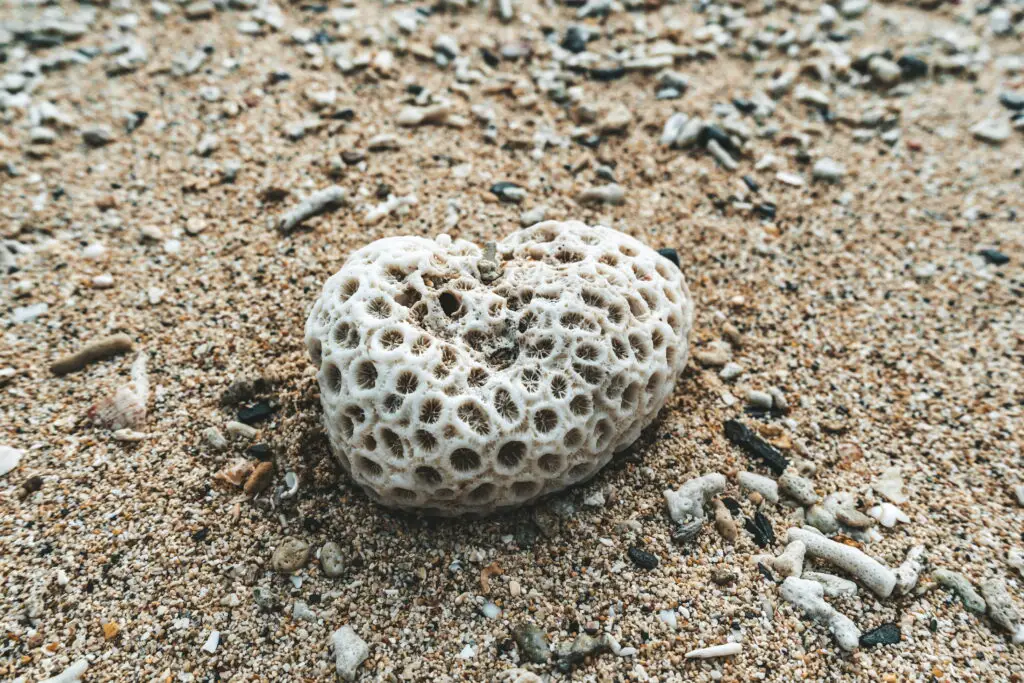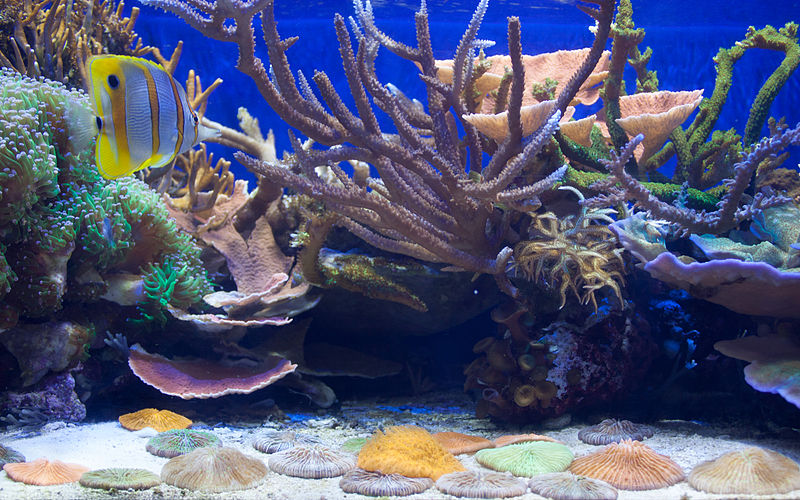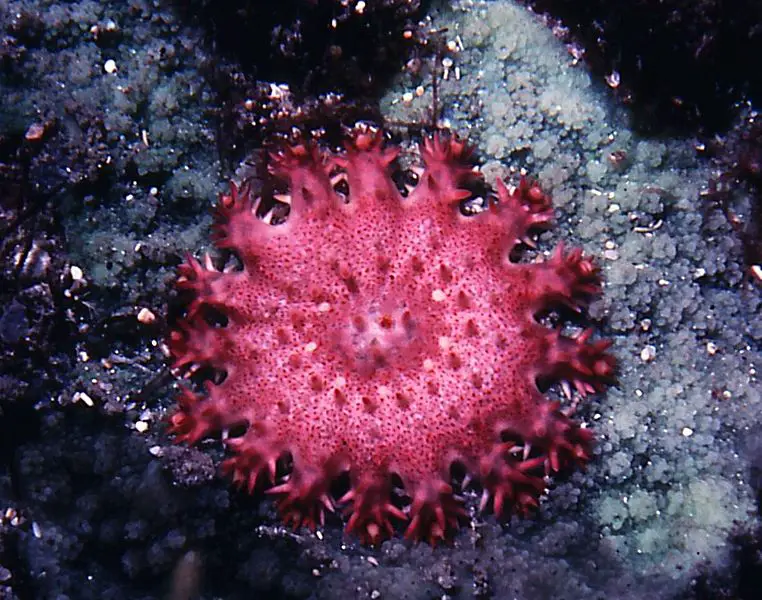Understanding Coral Collecting Regulations in Hawaii
If you’re planning a serene getaway to Hawaii’s sun-kissed beaches, you might be tempted to pocket a piece of the natural splendor as a keepsake. But before you succumb to the lure of the island’s marine treasures, it’s essential to familiarize yourself with the coral collecting regulations to navigate the beachcombing rules for coral with due respect to nature’s delicate balance.
While the Hawai’ian landscapes beckon with their enchanting beauty, the question arises: is taking coral from the beach legal?
The answer lies in understanding the critical coral conservation guidelines put forth by local authorities to ensure that diverse and vibrant ecosystems flourish for generations to come. So, as you set out to create lasting memories, let’s ensure they’re in harmony with preserving the paradise that is Hawaii.
Legal Perspectives on Coral Collection
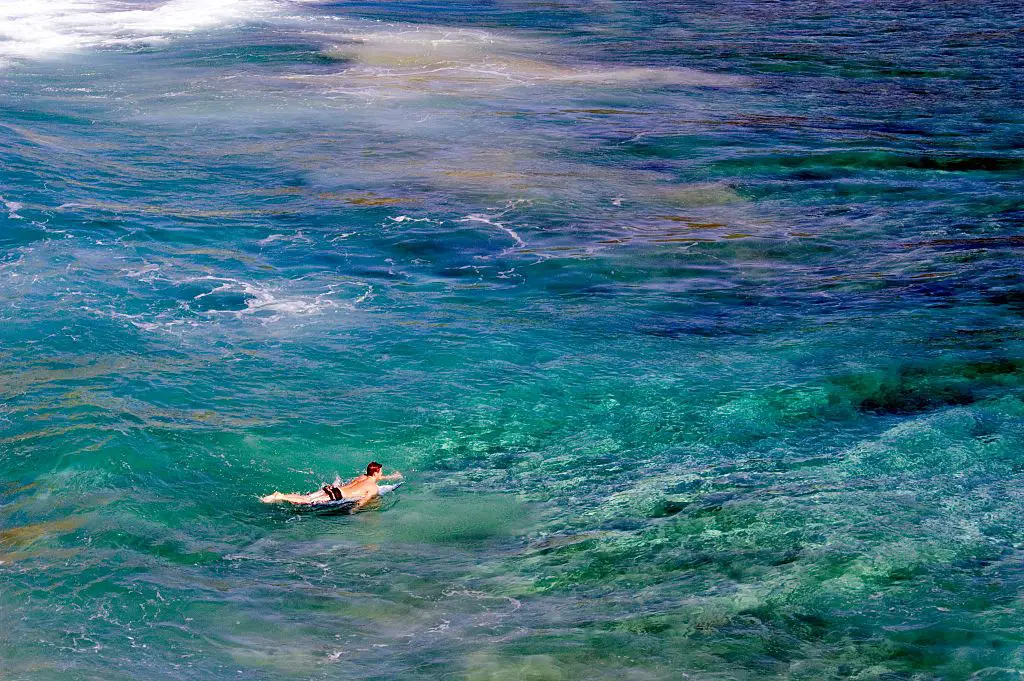
As you indulge in the natural splendor of Hawaii’s marine environments, it’s essential to recognize the legality of coral collection within the region.
While these underwater landscapes might tempt one to collect a token, understanding and respecting the coral protection laws is not only a matter of legal compliance but also of contributing to the sustainable coral collecting efforts vital for maintaining the ecological balance of the oceans.
Understanding Regional Differences
Across the United States, the regulations governing the removal and possession of coral vary significantly from state to state.
Whether you’re in Florida or Hawaii, each region holds its unique set of rules designed to protect these critical marine resources. To ensure your beach activities are lawful and eco-friendly, it is crucial to acquaint yourself with these coral harvesting restrictions.
Florida’s Legal Stance
In the warm waters of Florida, coral reefs are under close watch, and strict limitations are in place to safeguard their biodiversity. Laws on the legality of coral collection in Florida emphasize conservation, clearly outlining the do’s and don’ts when interacting with marine habitats.
Hawaii’s Approach to Coral Conservation
Turning to Hawaii, the approach towards coral conservation is stringent and uncompromising. The state’s rigorous framework is highlighted by statutes such as Hawaii Revised Statute (HRS) §171-58.5 and §205A-44, which unequivocally prohibits the collection of dead coral, coral rubble, or live rock.
Moreover, under the Hawaii Administrative Rules (HAR) §13-95-70 and Hawaii Revised Statutes (HRS) §187A-6, the act of taking, breaking, or damaging any stony corals, including reef and mushroom varieties without authorization, is a clear violation. This exemplifies the state’s unwavering commitment to coral protection laws, firmly establishing the illegality of unsanctioned coral collection.
Environmental Impacts of Coral Collection
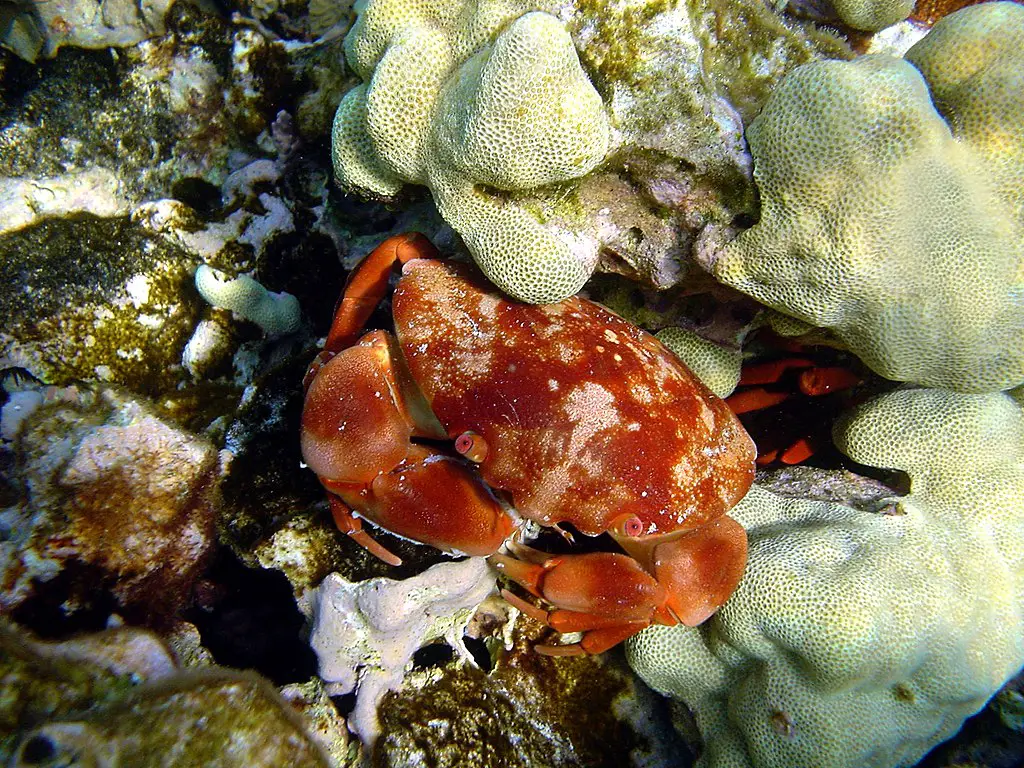
As you explore Hawaii’s underwater paradises, it’s critical to understand the vital role of corals in maintaining the health and diversity of marine ecosystems. These intricate organisms, far from inert, contribute extensively to oceanic life.
However, various factors increasingly threaten their well-being, including the ecological impacts of coral extraction. Interacting with these delicate structures can induce irreversible damage, so understanding the consequences is pivotal for coral preservation practices.
The Role of Coral in Marine Ecosystems
Coral reefs are often called the “rainforests of the sea” due to their rich biodiversity. In Hawaii’s waters, spanning over 410,000 acres, corals support an incredible range of life, including unique species that call these reefs home.
By providing food, breeding grounds, and shelter, corals sustain the aquatic life that, in turn, uphold the balance of the entire marine ecosystem. Your awareness and actions in preserving coral in its natural habitat play a crucial role in conserving this underwater world for future generations to marvel at and enjoy.
Consequences of Disturbing Coral Habitats
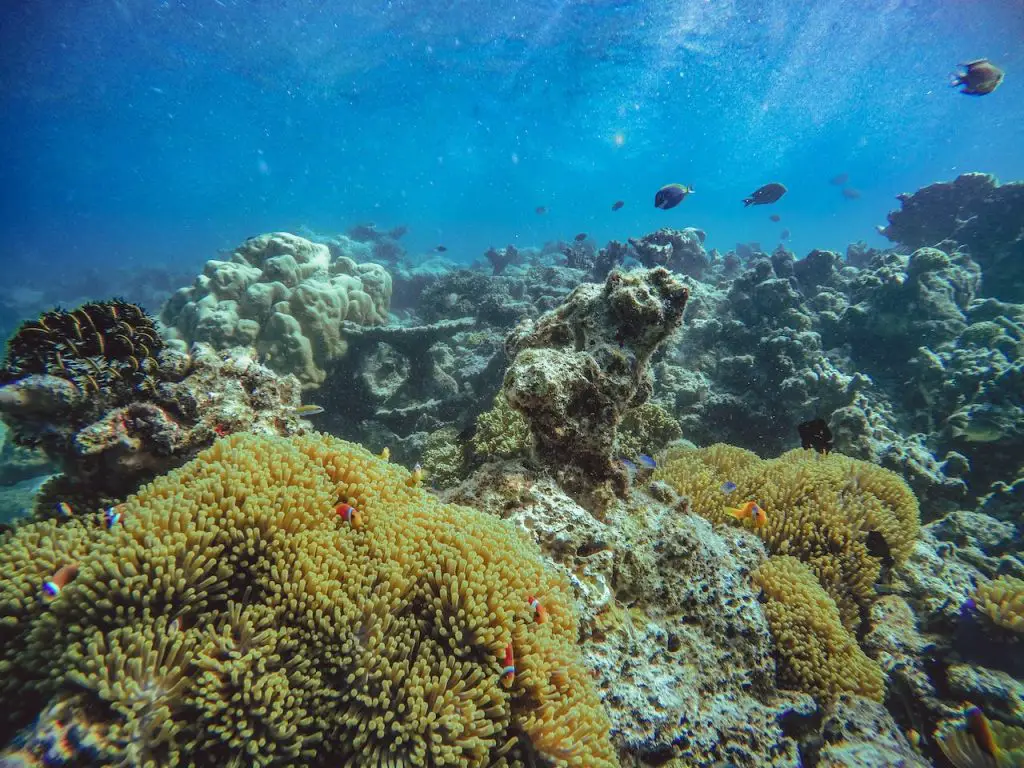
When coral habitats are disrupted, the reverberations are felt throughout the ecosystem. In recent events, coral bleaching incidents, largely attributed to environmental stressors, including warm water temperatures, have decimated nearly half of Hawaii’s corals.
Additional strains from coral removal weaken these already vulnerable ecosystems. Whether living or dead, coral extraction eliminates shelter for marine species and disrupts ecological processes necessary for reef recovery and health. This stark environmental impact of coral removal underpins the need for conscientious behavior regarding coral preservation.
Expert Opinions
Leading marine biologists and ecologists emphasize the delicate balance within coral ecosystems and the severe consequences that can arise from coral extraction. These experts advocate for stringent protections and responsible conduct in these environments.
They provide valuable insights on how removing even the smallest piece of coral could contribute to the larger degradation impacting the reefs. These positions shape and reinforce the regulations and coral preservation practices designed to mitigate the human footprint on Hawaii’s coral reefs and ensure their vitality for years.
Ethical Considerations in Coral Collection
When you walk along the picturesque shores of Hawaii, you’re faced with stunning visual beauty and an ethical decision regarding preserving this unique ecosystem.
The question of whether to collect bits of coral washed up on the beach is not just about legality but about the moral responsibility we all share for coral conservation.
Moral Implications of Removing Dead Coral
Despite their lifeless appearance, dead coral fragments play a significant part in the island’s marine habitat. Removing these pieces can lead to hefty fines, but the moral cost is even greater.
It’s a breach against the unwritten beach rules for coral, which guide us to protect and respect our oceans. If you find yourself contemplating the removal of dead coral, remember that this act can disrupt the delicate balance and beauty of the place you’ve come to admire.
Promoting Responsible Beach Activities
Your actions along the coastline can profoundly impact the local environment. To engage in responsible coral collection, consider these small yet significant choices that align with coral preservation guidelines:
- Walk carefully to avoid trampling over coral ecosystems, even those that appear lifeless.
- Dispose of waste properly to prevent pollution and marine hazards.
- Choose reef-safe sunscreens that do not contribute to coral bleaching.
- Support organizations and initiatives dedicated to protecting coral reefs and marine life.
Handling Coral Legally and Responsibly
When you’re engrossed in the breathtaking beauty of Hawaii’s coral ecosystems, it’s imperative to understand the guidelines for collecting coral.
Engaging in responsible coral collecting starts with the knowledge that these marine treasures, whether appearing vibrant and alive or washed ashore, are not souvenirs for the taking. Respecting the sustainable coral harvesting laws ensures their survival and the continuity of Hawaii’s diverse marine life.
Guidelines for Identifying Dead Coral
Witnessing the unique formations of coral on the beaches can stir a desire to possess a piece of this natural wonder. However, the difference between live and dead coral can often be subtle, and even what seems lifeless is integral to the marine ecosystem.
It’s important to remember that how to collect coral legally often translates to not collecting it at all. Familiarize yourself with local regulations to distinguish permissible activities, and when in doubt, admire the coral’s beauty without disturbing it.
Alternatives to Taking Coral
Instead of removing coral from its natural habitat, consider alternative ways to appreciate these marine artworks. Engaging in environmentally conscious snorkeling or diving allows you to witness the grandeur of coral ecosystems up close while leaving them untouched.
Further, you can contribute to coral conservation by supporting organizations involved in authorized reef restoration projects. Taking mementos is unnecessary when you can carry home memories and photos, knowing you’ve helped preserve Hawaii’s underwater paradise.
Insights from Experts
In delving into the intricacies of coral conservation practices, the expert knowledge of marine conservationists is invaluable.
These professionals offer a deep understanding of coral ecosystems and advocate for protecting coral ecosystems through a mix of public involvement and informed policymaking. Let’s explore the distinct contributions of marine conservationists and legal scholars that help ensure the longevity of these marine habitats.
Contributions from Marine Conservationists
Marine conservationists dedicate their lives to coral conservation practices, and their work has led to innovative initiatives like Eyes of the Reef.
This program empowers individuals, turning them into ‘citizen scientists’ who actively monitor and care for reefs. It embodies the collaborative spirit necessary for enforcing coral conservation, illustrating how shared responsibilities can bring significant environmental benefits.
- Engaging local communities in coral monitoring efforts.
- Providing educational resources for better public understanding of reef ecosystems.
- Developing strategies for effective reef restoration and preservation.
Legal Expertise
On the legal front, experts offer expert guidance on coral laws, drawing up frameworks that require Special Activity Permits for those wishing to engage with corals beyond mere observation. These permits help regulate coral-related activities and protect these vibrant ecosystems.
Whether it’s scientific research or educational programs, legal expertise ensures that all actions are sustainable and in alignment with the long-term health of coral populations.
- Issuing permits that specify the allowable interactions with coral reefs.
- Advising on legislative measures for the vigorous defense of marine environments.
- Regulating commercial activity to ensure that conservation is prioritized over-exploitation.
By combining the frontline experiences of marine conservationists with the regulatory acumen of legal authorities, we see a robust approach to protecting coral ecosystems.
It’s an approach that promotes resilience in the face of environmental change and fosters a law-abiding culture of respect and care for the unparalleled beauty beneath the waves.
Conclusion
In the journey through the lush marine scapes of Hawai’i, we have unearthed a fundamental truth: the conservation of coral is an essential pursuit bolstered by a framework of coral beachcombing restrictions and beachcombing regulations.
The legalities of coral gathering are clear—as stewards of the ocean’s treasures, adherence to laws and regulations is non-negotiable.
These guidelines serve as deterrents and a call to action for sustainable interaction with our environment. Through our concerted efforts, the delicate balance of the marine ecosystem can be maintained.
Final Thoughts
Your presence in Hawai’i is responsible for upholding the vitality of its coral reefs. Embracing responsible coral collecting means engaging with the environment in a way that ensures its future prosperity.
By committing to protecting coral, you contribute to a larger purpose—preserving the stunning underwater world for others to cherish.
Together, we can sustain the magic and integrity of Hawai’i’s marine habitats by practicing awareness, respect, and coral preservation practices handed down through generations. Remember, the true beauty of these islands lies not in what we take but in the legacy we leave behind.

